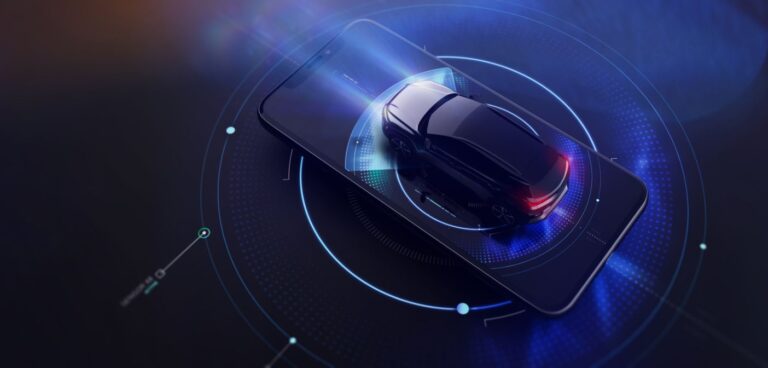Ford Motor Company is researching a new smartphone-based communications technology that could potentially help warn drivers of pedestrians, bicyclists and those approaching a vehicle’s path but blocked from a driver’s view.
The concept smartphone app runs on a pedestrian’s phone and uses Bluetooth Low Energy (BLE) messaging to communicate their location to a connected Ford vehicle.
If the vehicle calculates a potential crash risk, Ford SYNC can alert drivers by the in-vehicle screen showing graphics of pedestrians, bicyclists or more with audio alerts sounding.
“Newer Ford vehicles already with Ford Co-Pilot360 Technology can detect and help warn drivers of pedestrians, bicyclists, scooter riders and others – and even apply brakes if drivers do not respond in time,” said Jim Buczkowski, executive director, research and advanced engineering, Ford.
“We are now exploring ways to expand vehicle sensing capability, for areas drivers cannot see, to help people drive even more confidently on roads increasingly shared by others using their two feet or two wheels.”
National Highway Transportation Safety Administration data estimates US traffic fatalities increased 13% to 7,342 in 2021 versus the prior year, while bicyclist traffic fatalities increased 5% – to 1,000 – during the same window.
“We see other possible applications for this technology, including detecting road construction zones and construction workers,” said Buczkowski.
BLE connectivity technology creates wireless personal area networks using radio waves in the 2.4GHz band to communicate with other similarly equipped devices.
It is currently widely available in smartphones and is compatible with Ford’s SYNC connected vehicle technology without hardware changes to the vehicle.
According to Ford, BLE could complement other technologies by communicating with other similarly equipped devices with sufficient range for alerts with the potential of advancing safety through awareness of pedestrians, bicyclists and more.
What’s more, BLE does not rely on line-of-sight detection, which means pedestrians and others can be detected while hidden behind obstructions such as buildings.
BLE uses very low power with batteries as small as coins to operate for a very long time. While consumer BLE applications commonly involve pairing two devices, Ford’s concept uses BLE as a beacon capable of sensing multiple other similarly equipped devices in range without pairing.
The system interprets a person is using the device, differentiates pedestrians from bicyclists and others based on their travelling speed, and further evaluating risk by their direction.
BLE devices rapidly change communications channels – called frequency hopping – in the 2.4GHz radio band to minimise interference.





